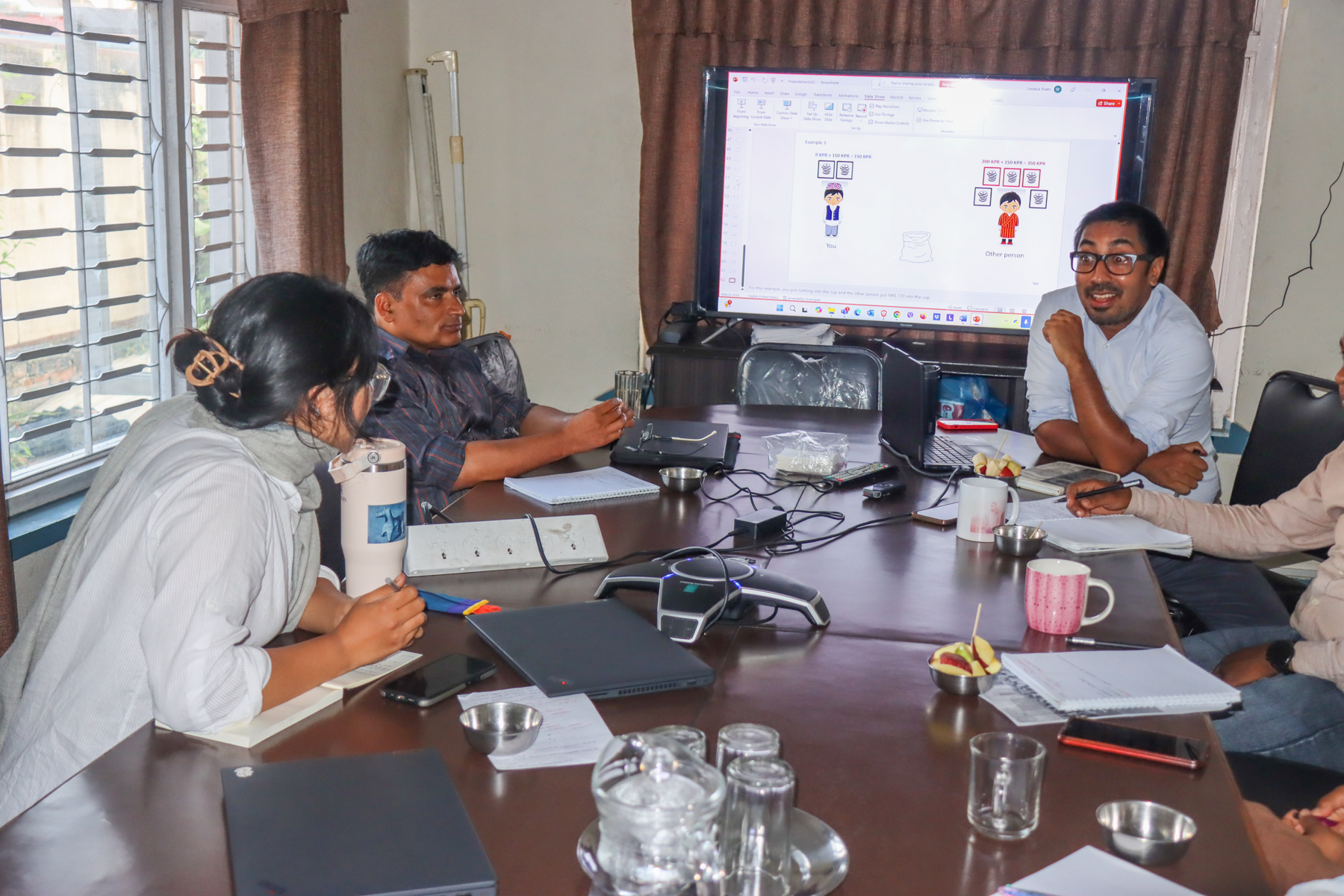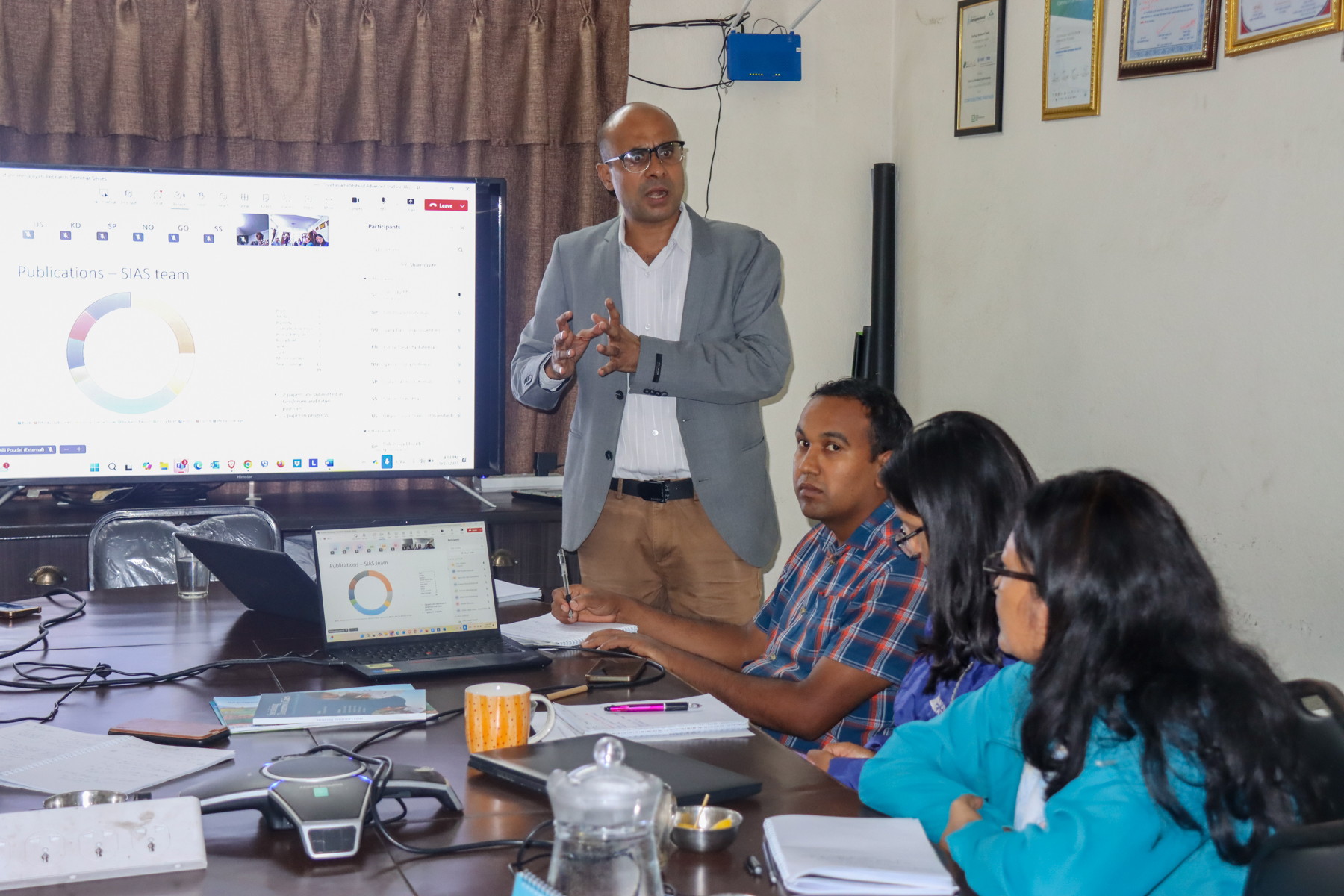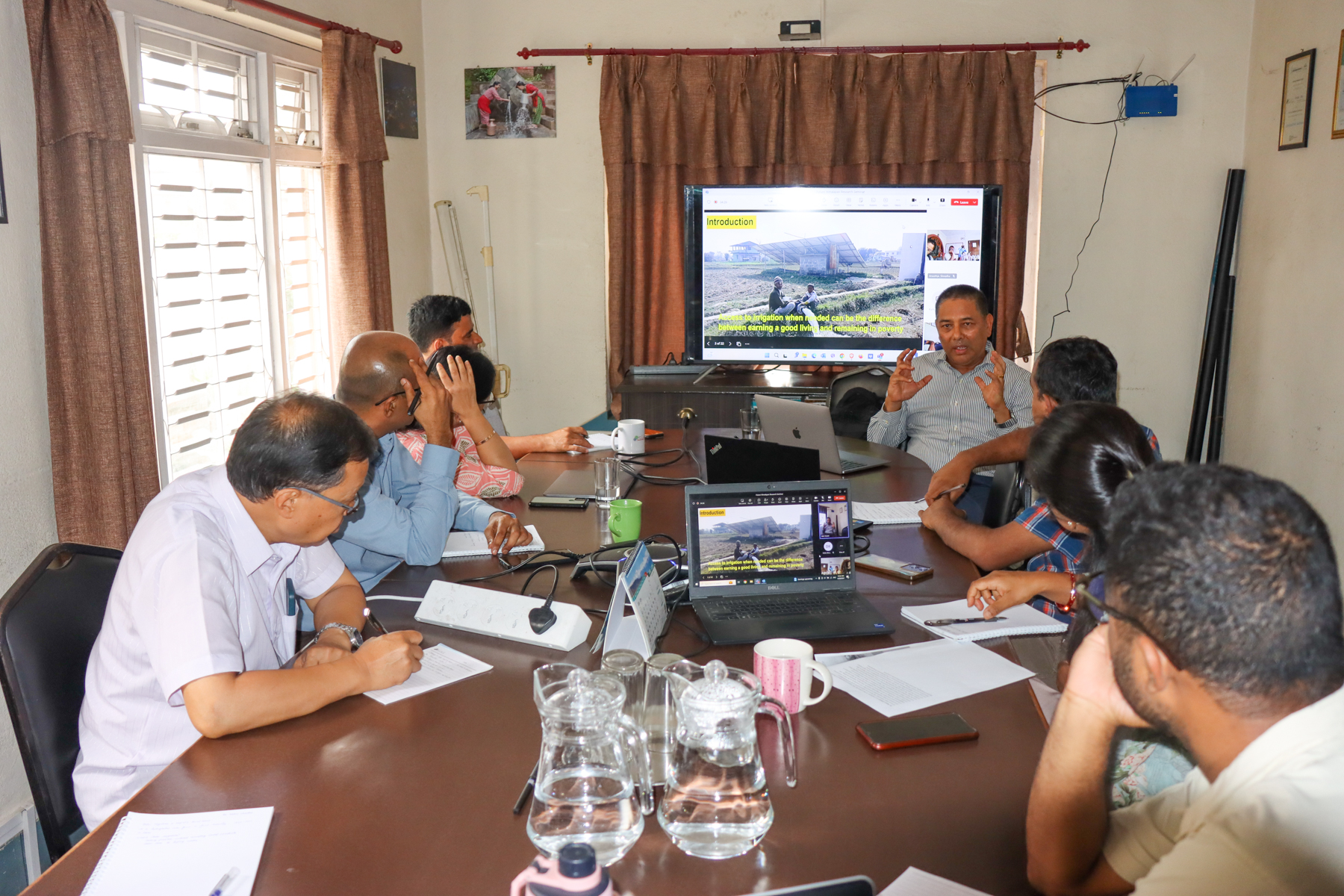In collaboration with the Malarani Rural Municipality, SIAS organised a one-day interaction program on Gender Responsive Budgeting (GRB) and its process on 11 November 2024 at the Municipality. The interaction primarily targeted Municipal Council members and heads of Divisions aiming to raise awareness about the significance of GRB and provide essential skills for its implementation. The event was chaired by the chairperson of Malarani Rural Municipality with the vice chairperson and chief administration officer of Malarani attending as the special guests. There were altogether 28 participants including the ward chairperson from Malarani’s seven wards, municipal council members, and municipality staff. The vice chairperson began the program with welcome remarks, outlining the objectives of the event and stressing the need to prioritise social development to ensure the sustainability of infrastructural development. She highlighted Malarani’s ongoing commitment to inclusive development by ensuring the meaningful participation of diverse social groups. The vice-chairperson noted that while efforts are underway to formulate gender-responsive programs and allocate budgets accordingly, the municipality faces challenges due to limited technical skills among the staff and the local representatives. Reflecting on previous collaboration with SIAS, which included two deliberative forums previously to sensitise on GRB, she emphasised that this interaction program aimed to further enhance the technical capacity of the officials and local representatives in gender-responsive planning and budgeting. She closed her remarks by encouraging all the participants to engage actively and deepen their understanding of the GRB process.
After this, Ms. Trishana Poudel, head of the women, children, and elderly division presented on Malarani’s progress on Gender Equality and Social Inclusion (GESI) audit where GRB was an important component. She outlined Malarani’s achievement in formulating a gender-responsive budget, highlighted their weaker aspects, and shared some strategies to improve future budgeting process to achieve an excellent GRB audit status. Her presentation was followed by a brief presentation from Dr. Mani Ram Banjade, Senior Research Fellow at SIAS who shared insights into SIAS’s engagement with Malarani on GRB, emphasizing the collaborative efforts to raise awareness on the subject. After this was a session led by Ms. Kanchan Lama, gender specialist who provided an overview of Nepal’s historical and current policy context that prioritises the inclusion of women and marginalised groups in the planning and development process. She also discussed the government’s special provisions for women. In addition to this, she elaborated on gender and social inclusion, empowerment, and gender mainstreaming in the planning and development process, presenting examples from other locations. Her presentation then focused on explaining the objectives of GRB and different types of budgets – specific, supportive, and neutral. The chief administration officer also facilitated clarifying the different types of budgets to the participants.
Following this, Dr. Sushant Acharya, SIAS Researcher gave a detailed overview of the GRB process, sharing examples to clarify the different budget types, which led to an interactive session where participants shared their perspectives and sought clarifications. Next, was a group work on the GRB process. Participants were divided into four groups to analyse sectoral programs and budget allocation, assessing their gender-responsiveness. The group was also involved in a conversation to reformulate gender irresponsive program to better support women and girl child. They then presented their findings on sectoral programs and gender-responsive budget allocation. After this, was a brief remark from a female municipal council member, who expressed gratitude for the insight gained, noting that understanding of GRB would be instrumental in formulating the annual program and planning of Malarani. A significant outcome of the interaction was the formation of a five-member committee to monitor and facilitate the gender-responsive planning and budgeting of Malarani. The interaction program ended with brief remarks from the chairperson of Malarani. He expressed that the interaction program had been instrumental in helping them formulate the annual program and plan for Malarani in the coming days. He ended his remarks with his reassurance about Malarani’s commitment to promoting gender-responsive planning and budgeting and expressed gratitude towards all the participants for actively participating in the event.




